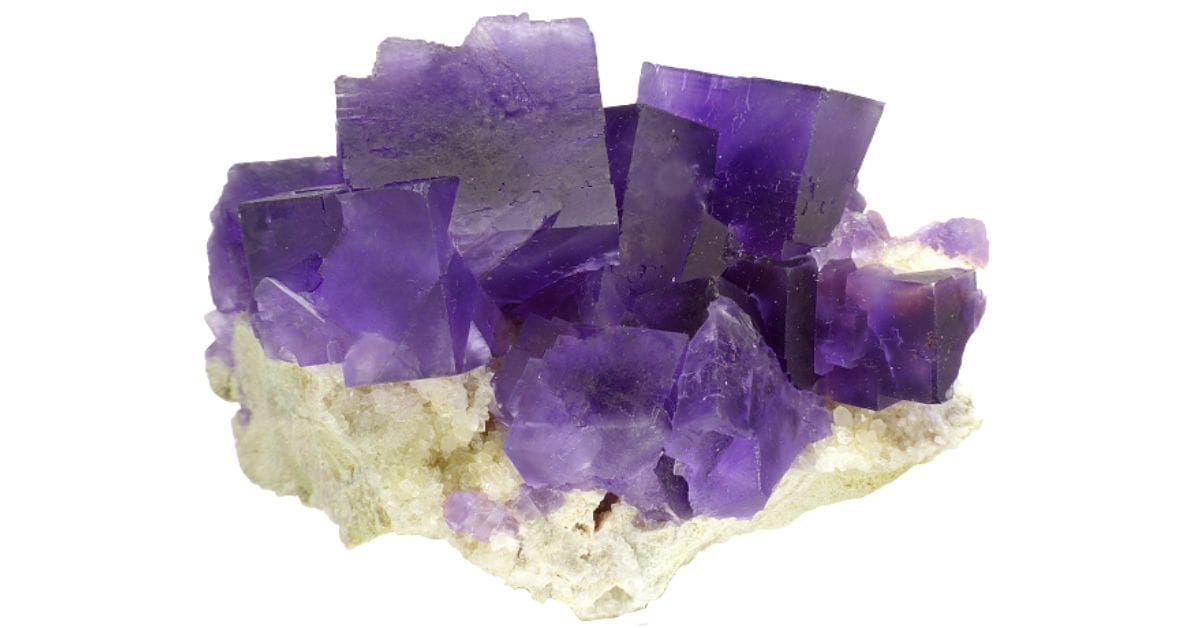Fluorite is a colorful mineral that comes in many different forms. Some good examples of the different types of fluorite include Blue John fluorite, Tiffany Stone, and rainbow fluorite.
Each type of fluorite has its own set of colors and patterns. These variations make fluorite a fascinating subject for many people to learn about.
Exploring the different kinds of fluorite can be an exciting journey. Discovering how each type differs from the others offers a glimpse into the diversity of the natural world.
The 9 Different Types Of Fluorite And What They Look Like
Because fluorite comes in many forms, it can be interesting and fun to study. Exploring the different varieties of fluorite reveals the diversity of the natural world.
Cubic Fluorite
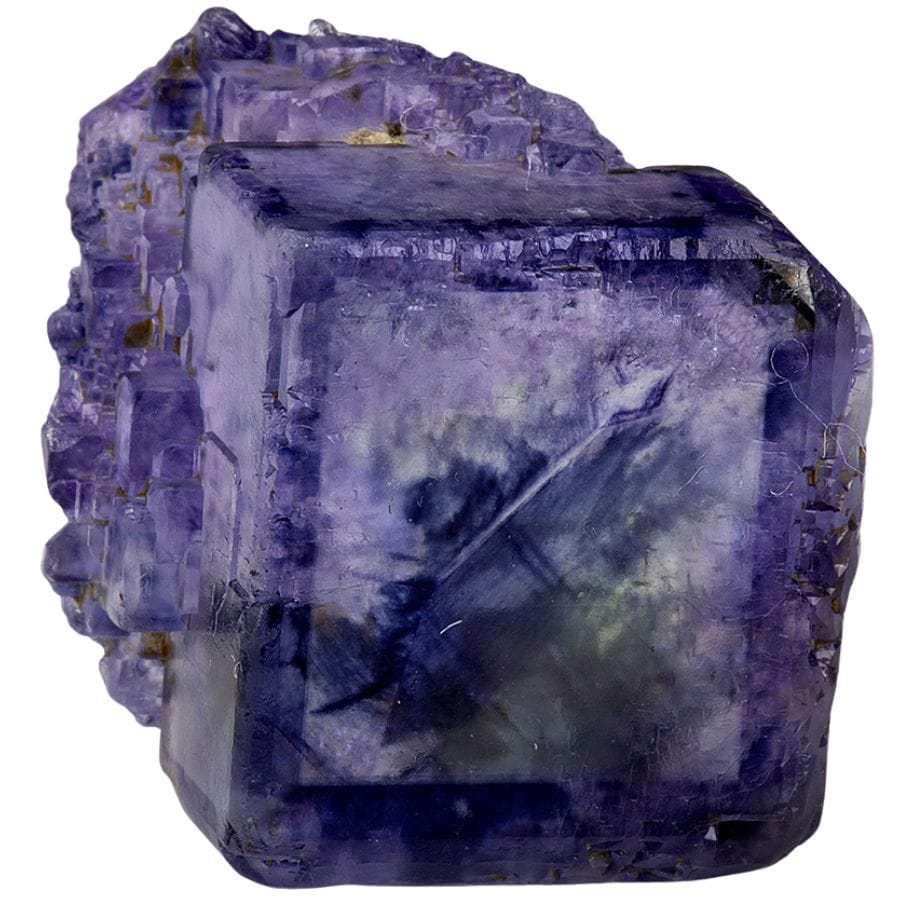
Cubic fluorite is a mineral known for its distinctive crystallization process, where tiny building blocks called ions arrange themselves into an orderly, repeating structure. This process results in the formation of cubic crystal shapes.
The specific pattern of ions within fluorite dictates what fluorite looks like, leading to its unique cubic form.
The appearance of cubic fluorite can vary, but it is often recognized for its clear to translucent cubes that can sometimes display a wide range of colors depending on various factors.
Factors such as temperature and pressure play a crucial role in determining the size and clarity of cubic fluorite crystals. Under ideal conditions, larger and more defined cubic crystals can form.
Where you can find cubic fluorite
Cubic fluorite is found in places like the Cave-in-Rock district in Illinois and the Western Kentucky Fluorspar District. Other countries with large deposits include China, Mexico, and South Africa.
If you want REAL results finding incredible rocks and minerals you need one of these 👇👇👇
Finding the coolest rocks in isn’t luck, it's knowing what to look for. Thousands of your fellow rock hunters are already carrying Rock Chasing field guides. Maybe it's time you joined the community.
Lightweight, mud-proof, and packed with clear photos, it’s become the go-to tool for anyone interested discovering what’s hidden under our red dirt and what they've already found.
Join them, and make your next rockhounding trip actually pay off.
What makes it different:
- 📍 Find and identify 140 incredible crystals, rocks, gemstones, minerals, and geodes across the USA
- 🚙 Field-tested across America's rivers, ranchlands, mountains, and roadcuts
- 📘 Heavy duty laminated pages resist dust, sweat, and water
- 🧠 Zero fluff — just clear visuals and straight-to-the-point info
- ⭐ Rated 4.8★ by real collectors who actually use it in the field
Octahedral Fluorite
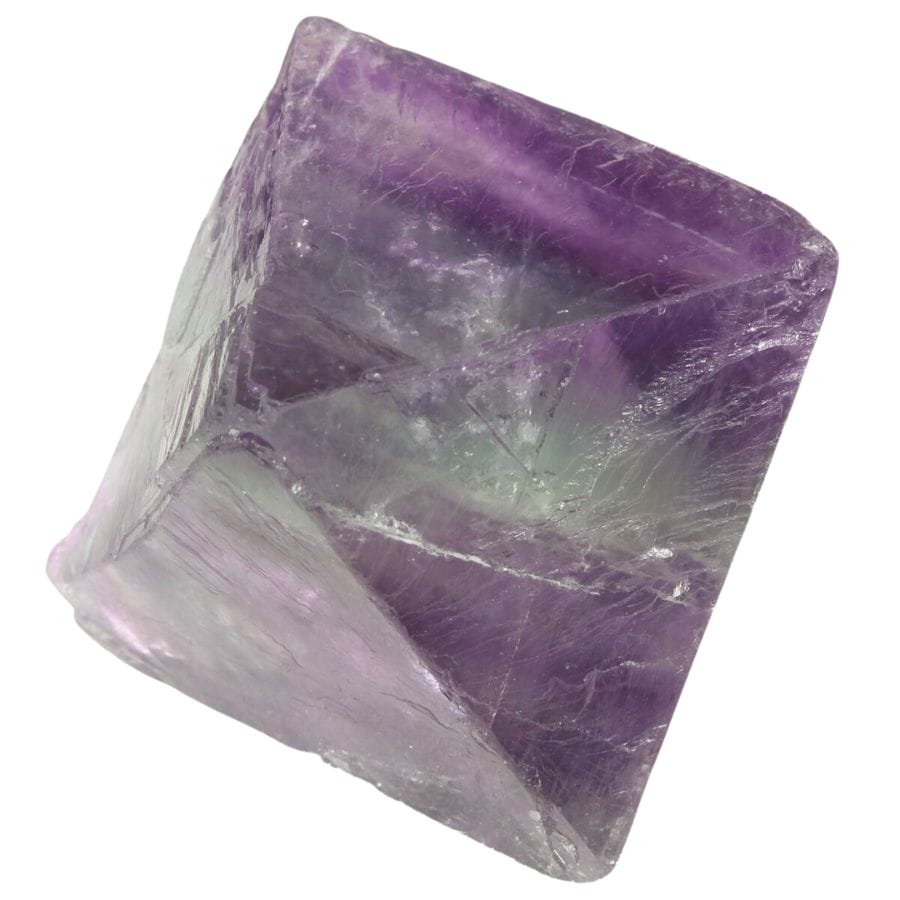
Octahedral fluorite forms in crystals with eight triangular faces. These faces come together at the corners to create a three-dimensional figure that looks like two pyramids attached at their bases.
The presence of four perfect cleavage planes within this structure helps the crystal split along specific paths, leading to its distinctive shape.
The colors of octahedral fluorite can vary widely, including shades of purple, green, blue, and yellow. Some crystals are even colorless.
The size of these crystals can also differ greatly, with some being tiny enough to fit on a fingertip, while others may grow to be over an inch long. Regardless of size, the octahedral shape is a consistent and identifying feature.
Where you can find octahedral fluorite
Octahedral fluorite is commonly found in the Cave-in-Rock mining district in southern Illinois and several counties in Kentucky. It can also be found in countries like China, Mexico, and South Africa.
Rainbow Fluorite
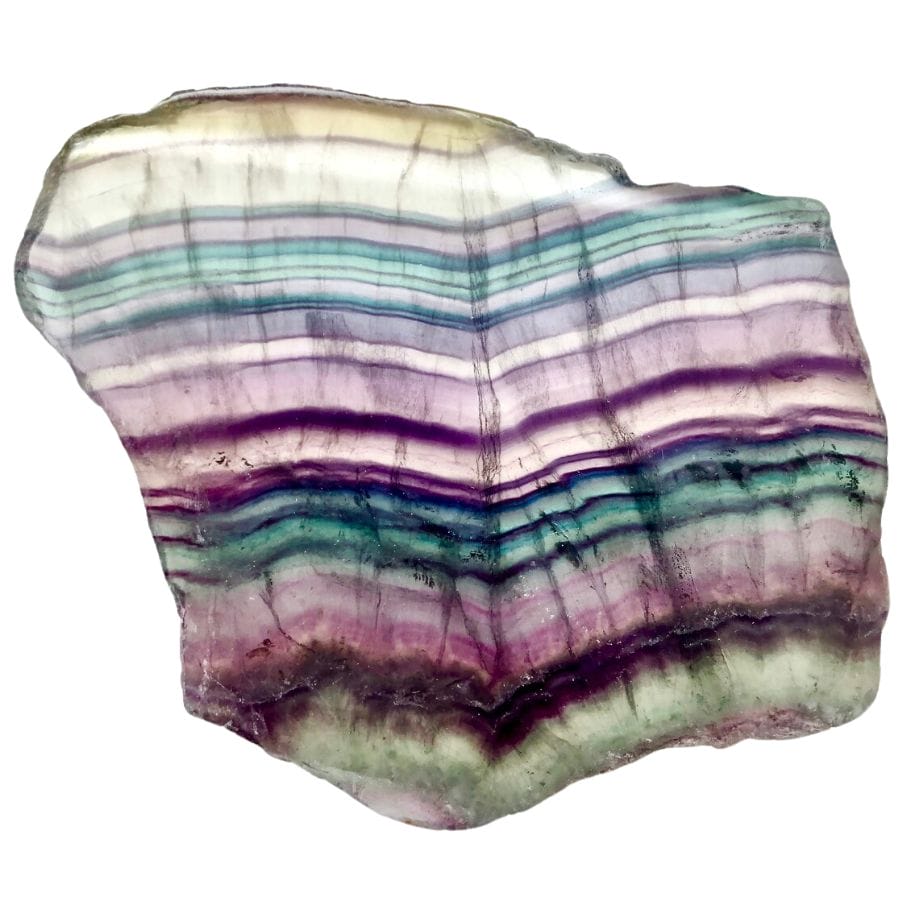
Rainbow fluorite is a beautiful mineral that stands out because of its layers of different colors all in one crystal. It looks like a piece of rainbow trapped inside a rock, with vibrant bands of purple, blue, green, yellow, and sometimes pink or red.
The unique banding of rainbow fluorite comes from impurities and trace elements during its formation. These elements contribute to the crystal’s ability to display a wide array of colors.
Rainbow fluorite can be found in various shapes, including octahedral forms and cubes, and ranges from transparent to translucent. These are factors that can affect what fluorite is worth.
Where you can find rainbow fluorite
Like octahedral fluorite, rainbow fluorite can also be found in Kentucky and Illinois’s Cave-in-Rock district. It can also be located in countries such as China, Mexico, Namibia, Mongolia, and Germany.
Dodecahedral Fluorite
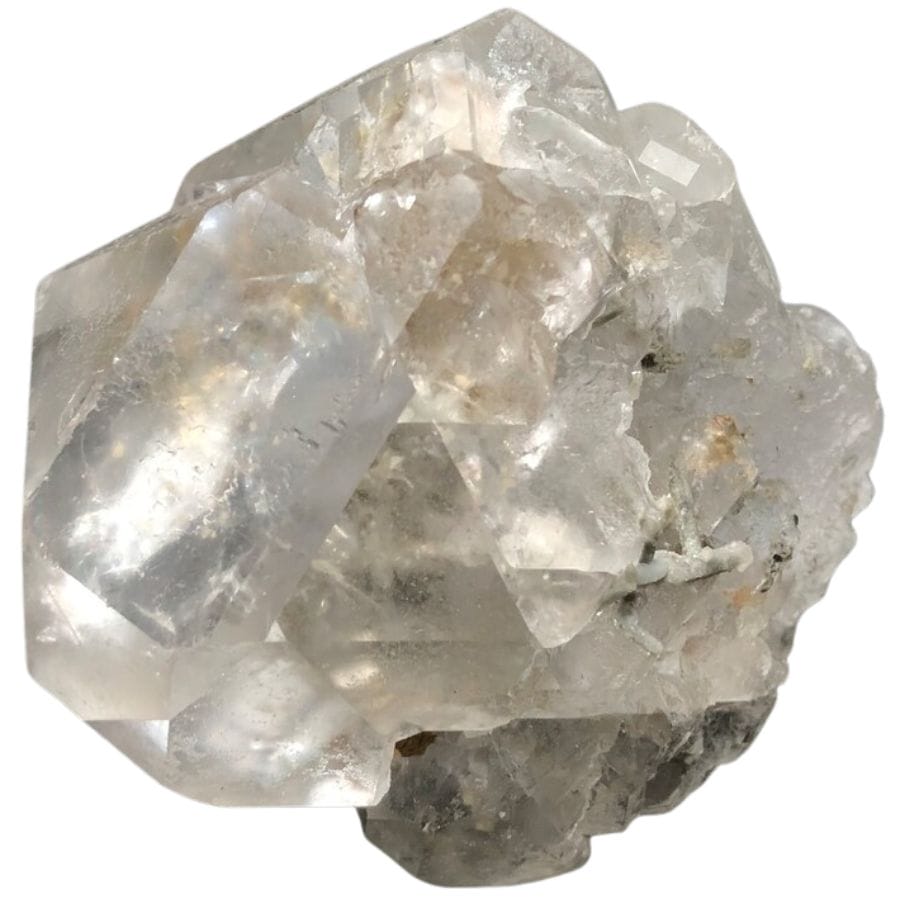
Dodecahedral fluorite is a special kind of mineral with a shape that includes twelve pentagonal faces. This gives it a unique appearance that looks somewhat like a football, making it stand out from other crystal forms.
The formation of dodecahedral fluorite involves a cubic crystal structure similar to other fluorite varieties.
However, specific conditions during the crystallization process, such as the cooling rate or the presence of certain impurities, lead to the development of its twelve-sided shape.
Dodecahedral fluorite is rare compared to cubic and octahedral fluorite, and it can vary greatly in size. Some specimens are small, while others can be quite large, exceeding an inch in diameter.
Where you can find dodecahedral fluorite
Mines in Illinois and parts of China have been successful in discovering dodecahedral fluorite.
For those interested in discovering more about where to find crystals like dodecahedral fluorite, checking out our crystal mining guide could be very helpful. It offers insights on various locations and types of crystals that you can find.
Blue John Fluorite
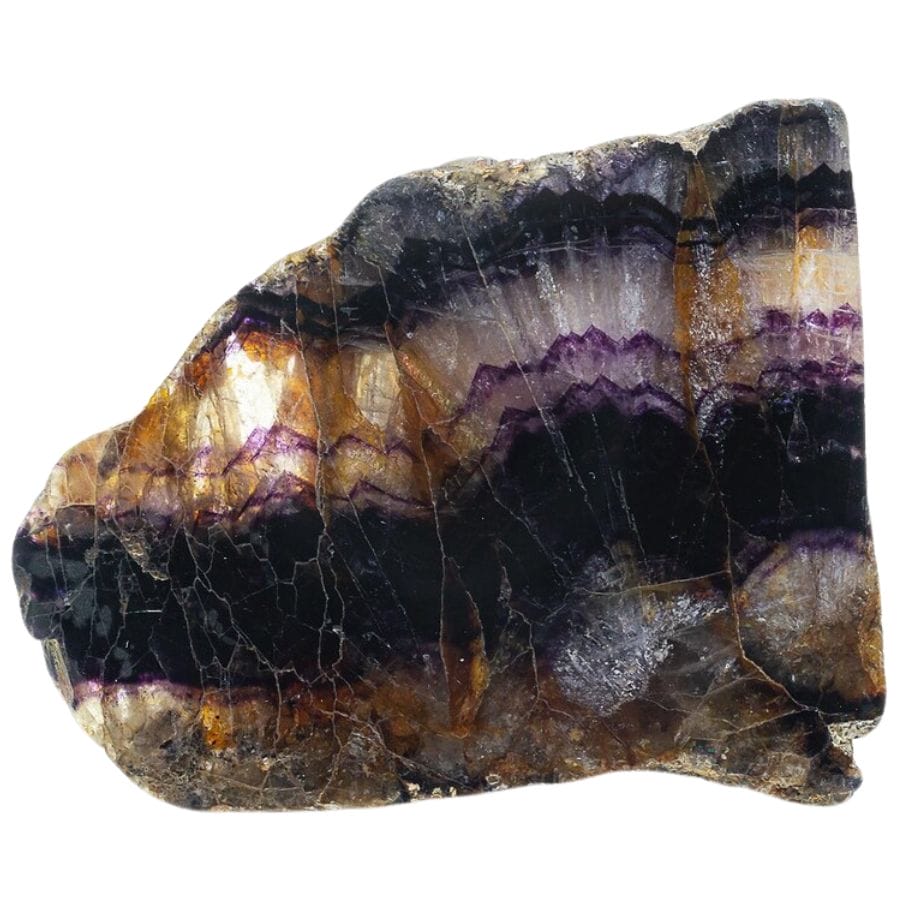
Blue John fluorite is known for its striking appearance. Its unique look comes from the presence of hydrocarbons or impurities, which contribute to its distinctive blue and white banding.
Scientists believe that Blue John fluorite formed around 300 million years ago, during a time when mineral-rich fluids circulated through limestone layers.
This process created the mineral veins that contain Blue John, giving it a rare and fascinating origin.
The colors of Blue John fluorite can vary greatly, often featuring vibrant hues of blue and purple alongside white or yellow bands.
Unlike many fluorite varieties that form in geometric shapes, Blue John typically appears in massive or botryoidal formations.
Where you can find Blue John fluorite
Blue John Stone is a unique mineral found exclusively in the caves of Castleton, Derbyshire, in the United Kingdom.
Chlorophane
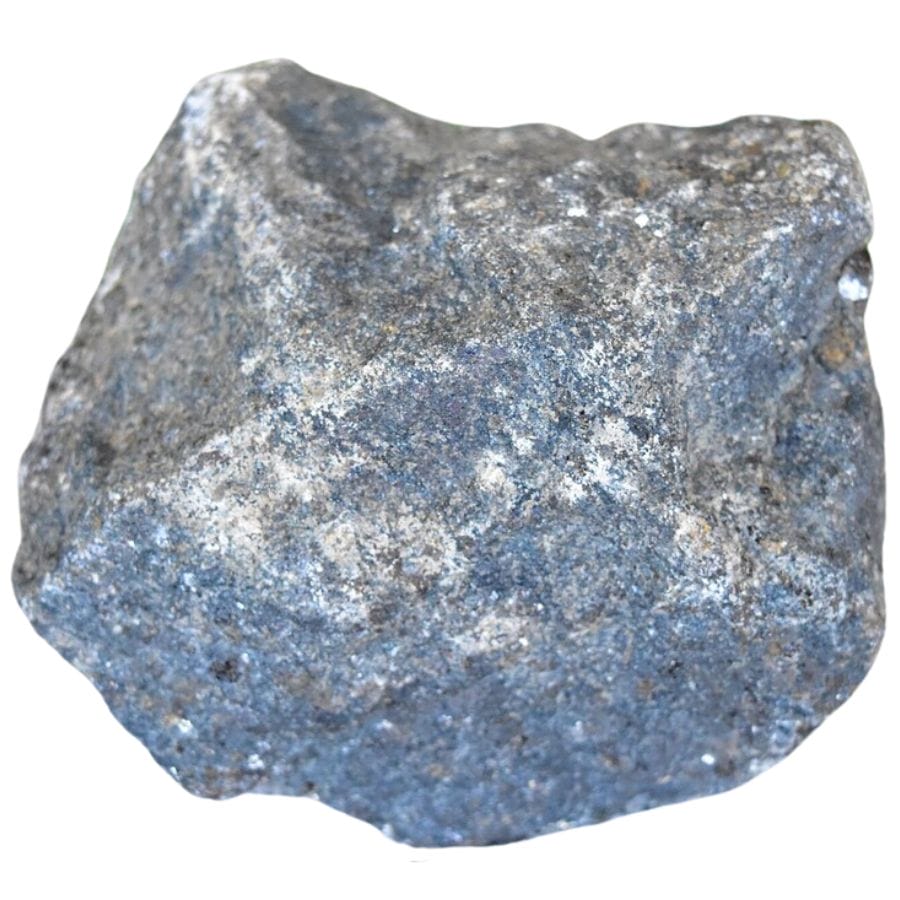
Chlorophane is a rare type of fluorite that has some pretty cool abilities, like glowing when it’s heated, rubbed, or exposed to ultraviolet light.
This special glow can even continue for a while after the heat source is taken away, which makes it quite unique. Even just holding it in your hand might be enough to make it glow, although this could be hard to notice.
Even though it’s chemically similar to regular fluorite, chlorophane contains impurities such as magnesium and aluminum, among others.
These impurities are believed to give chlorophane its luminescent properties, making it different from ordinary fluorite.
Scientists have found that certain rare earth elements might be responsible for chlorophane’s unusual properties.
However, these elements haven’t been consistently found in all samples of chlorophane, adding to the mystery of how exactly this mineral works.
Where you can find chlorophane
Chlorophane can be found in states like Connecticut, Arizona, Texas, and Virginia. This special stone can also be found in China, Russia, and the United Kingdom.
Tiffany Stone
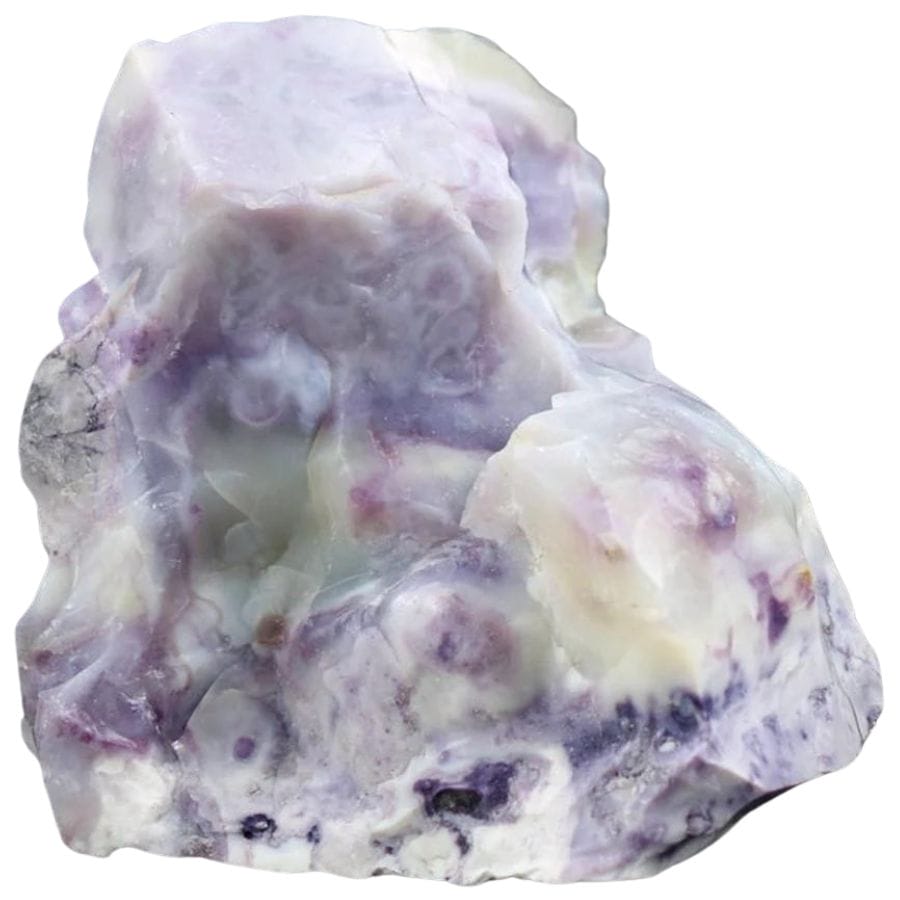
Tiffany Stone is a beautiful type of fluorite that has a unique purple to pale violet color. It often shows swirl patterns and can include small bits of other minerals like bertrandite, chalcedony, opal, and quartz.
The origins of the name “Tiffany Stone” are not clear, with some stories linking it to the daughter of a miner who liked to collect these colorful stones.
“Ice cream stone” is another nickname for Tiffany Stone because of its delightful color mix that resembles ice cream flavors.
Where you can find Tiffany Stone
Tiffany stone is a rare material that is only mined at the Brush Wellman beryllium mine at Spor Mountain in western Utah.
For those interested in discovering more about unique minerals like Tiffany stone, checking out our guide on where to go rockhounding could be very helpful.
Antozonite
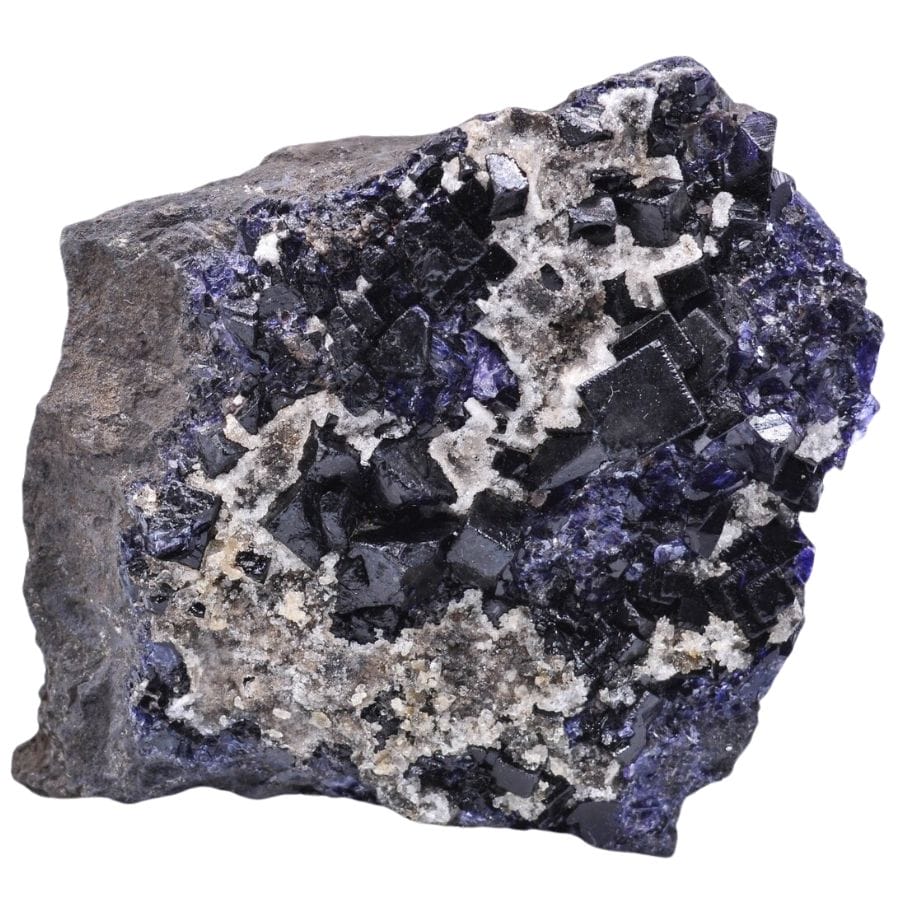
Antozonite is a special kind of fluorite that has a unique feature: it contains free fluorine. When this mineral is broken, it releases a certain smell, which is quite unusual for rocks.
This variety of fluorite, also known by names like stink-fluss and stinkspat, is interesting because of the chemical reactions it undergoes.
The fluorine inside antozonite reacts with water vapor in the air, producing ozone and hydrogen fluoride, which explains the distinct smell when the mineral is crushed.
Among the different fluorite types, antozonite stands out due to its radioactive properties and its distinctive odor.
Where you can find antozonite
Antozonite, also known as stinkfluss, is primarily found in Wölsendorf, Bavaria, Germany.
Botryoidal Fluorite
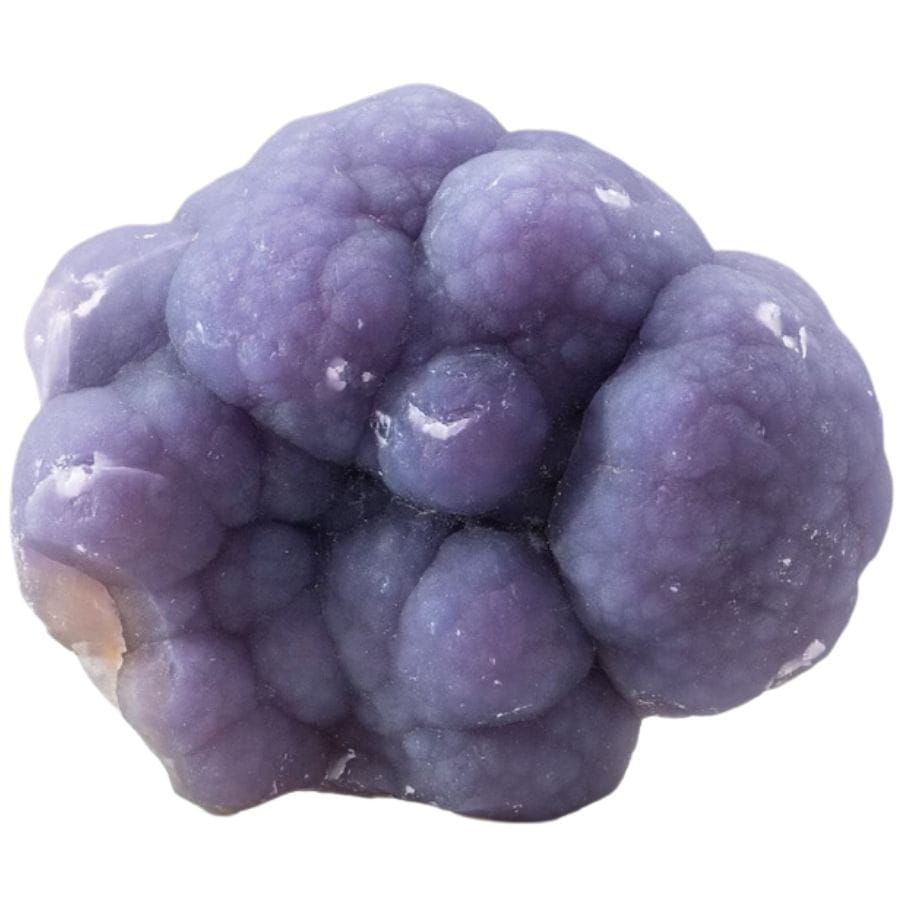
Botryoidal fluorite is a special kind of fluorite that looks like clusters of grapes. This unique shape comes from a process where tiny crystals grow and bunch together over time.
The formation of botryoidal fluorite starts when fluorite-rich fluids dissolve minerals in rocks and then reprecipitate them as new crystals.
Changes in conditions like temperature and pressure cause these crystals to come out of solution and stick to surfaces, growing into the grape-like formations we see.
Botryoidal fluorite can be many different colors, including purple, green, blue, yellow, and sometimes even colorless. The exact color depends on what other elements are mixed in with the fluorite.
The transparency of botryoidal fluorite varies, and it can be either see-through or almost opaque.
The surface of these fluorite clusters can be smooth or have a slightly bumpy texture, reflecting the tiny crystals that make up the botryoidal shape.
Where you can find botryoidal fluorite
Botryoidal fluorite can be found in places like the Minerva Mine in Ohio and various locations in Colorado. This type of fluorite is also found in China, Mexico, Namibia, and England.

